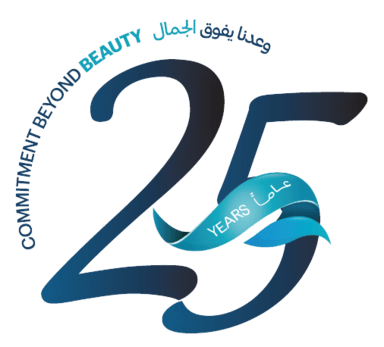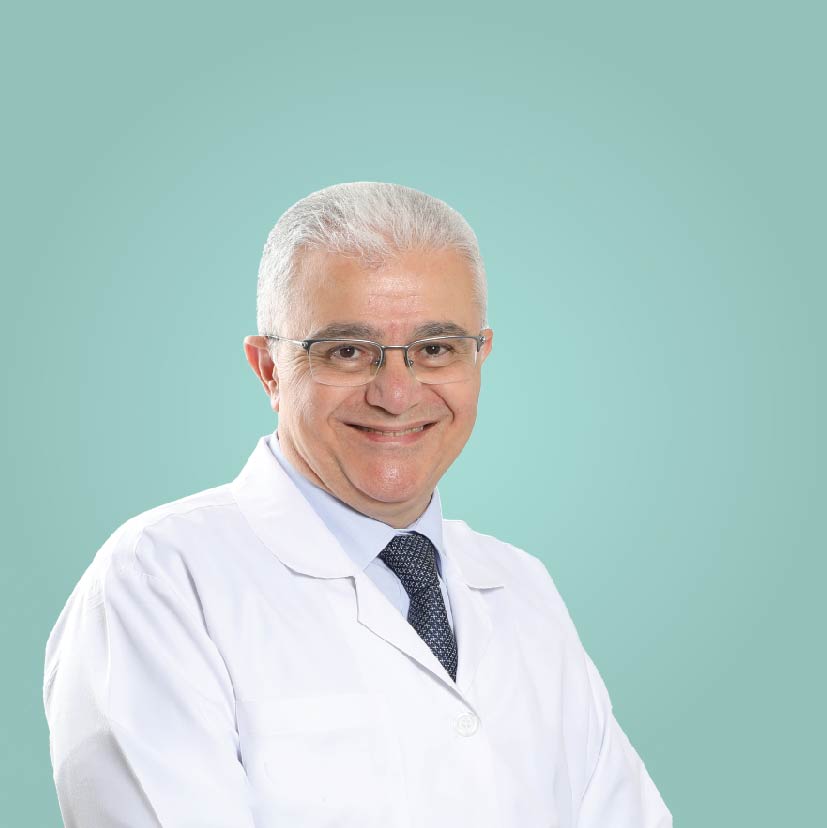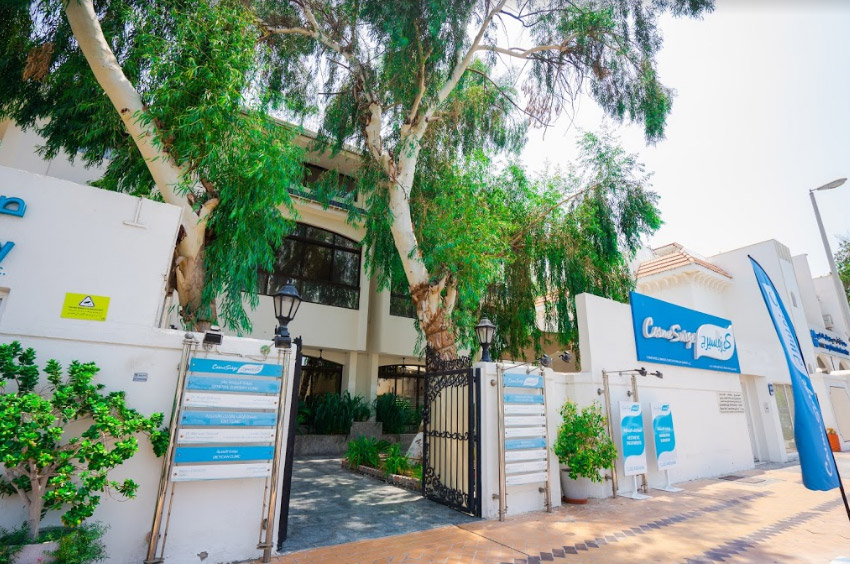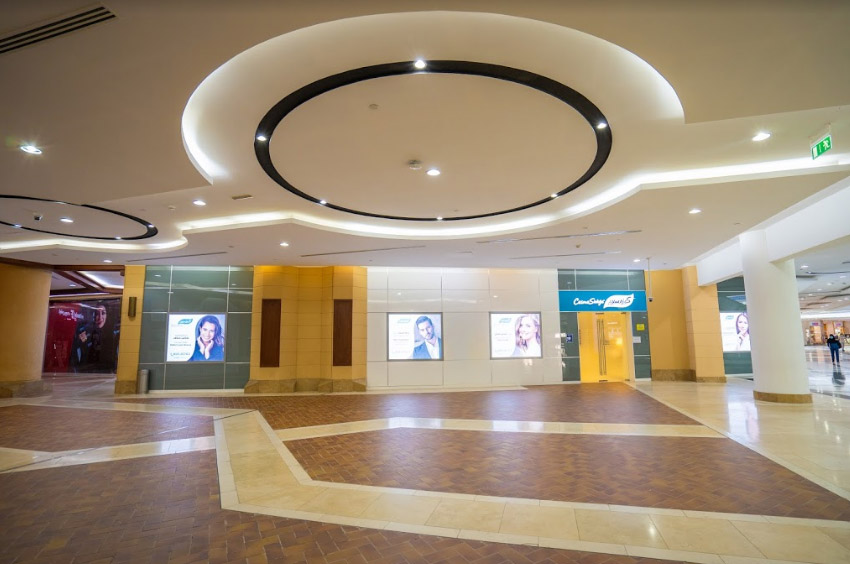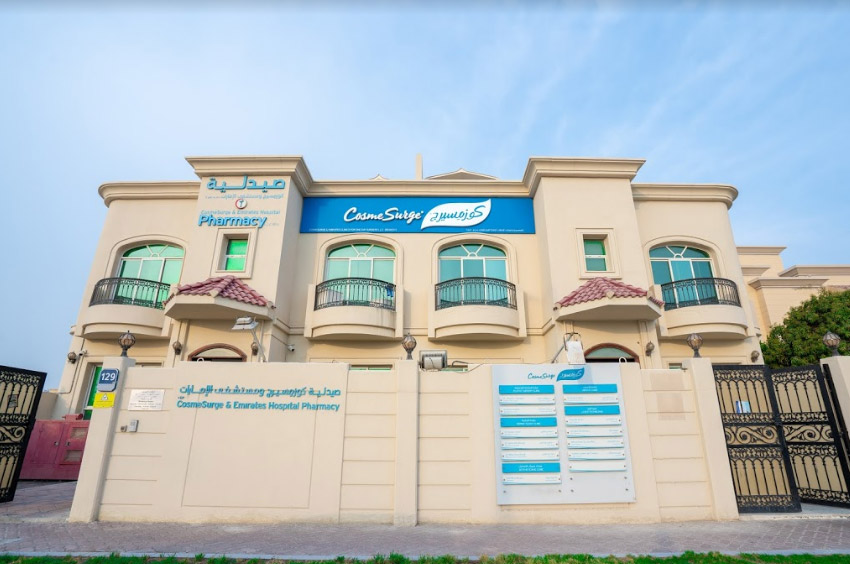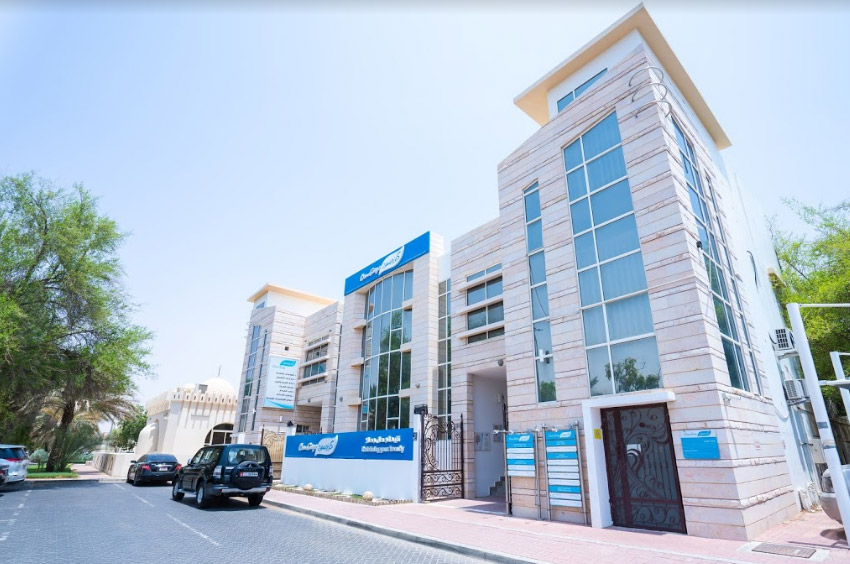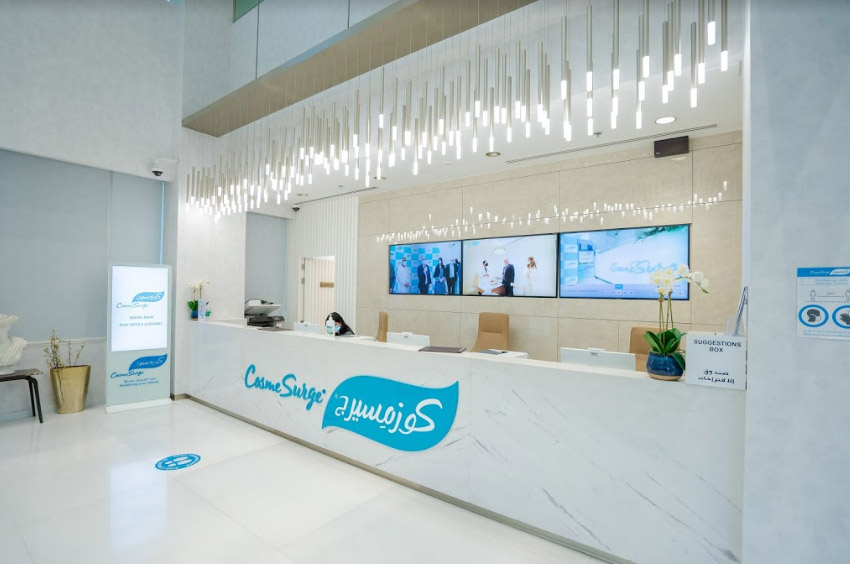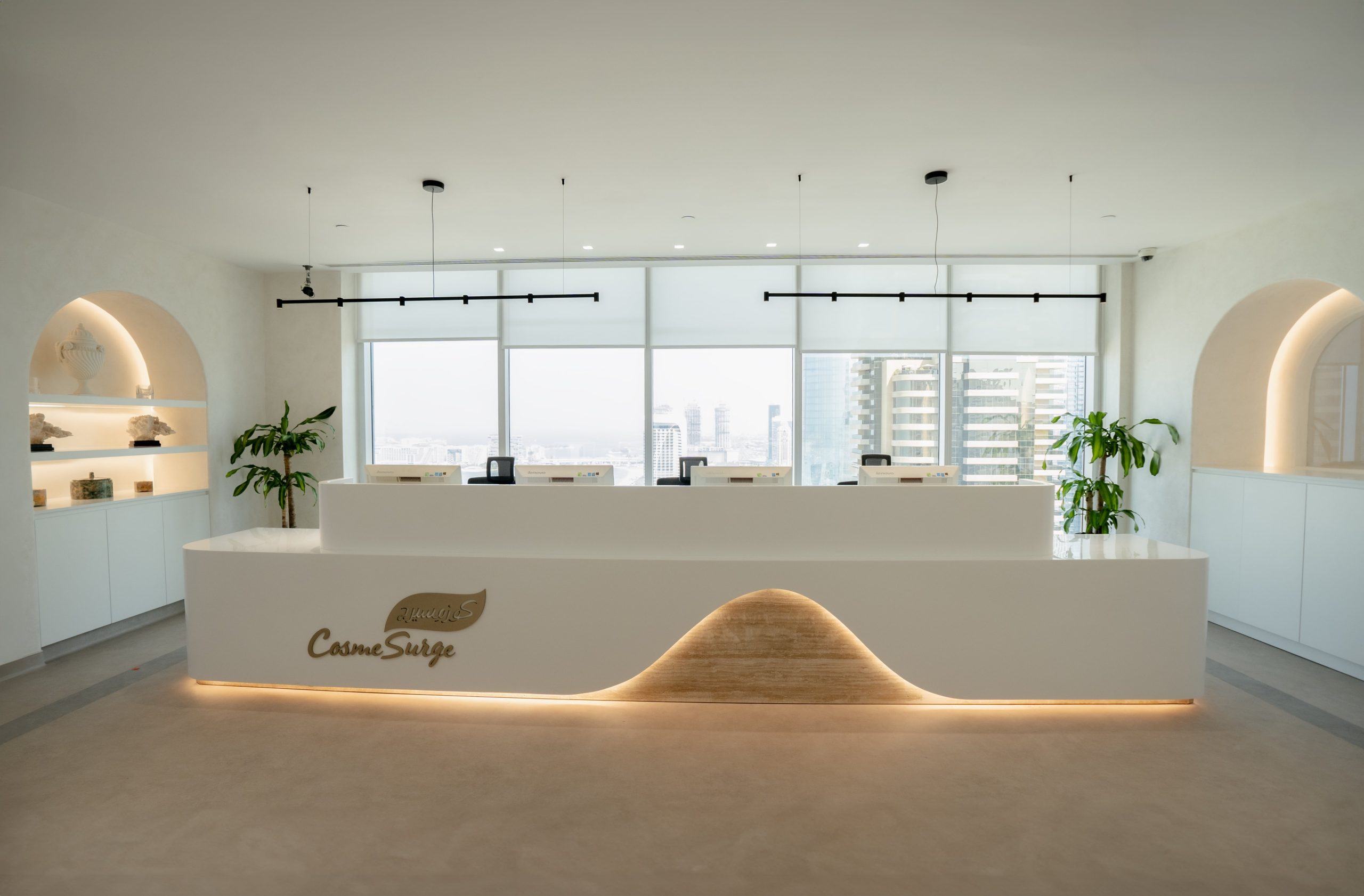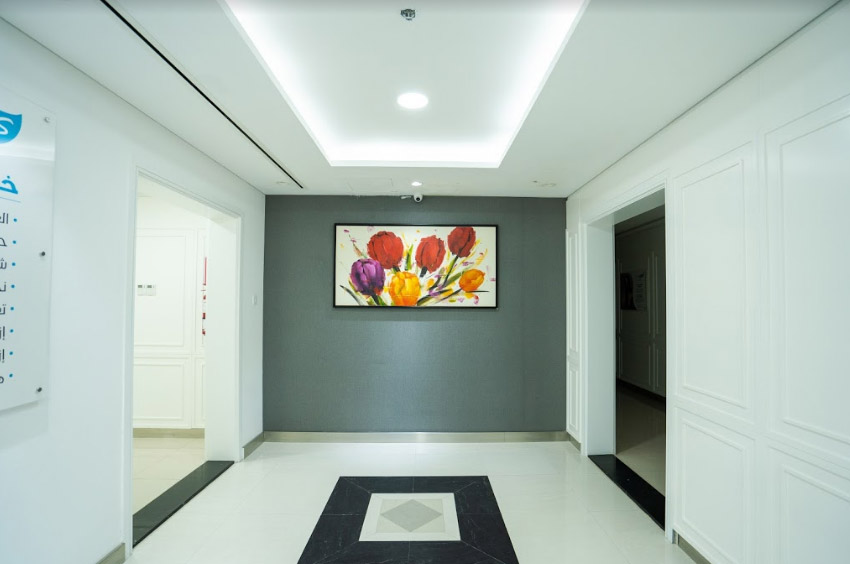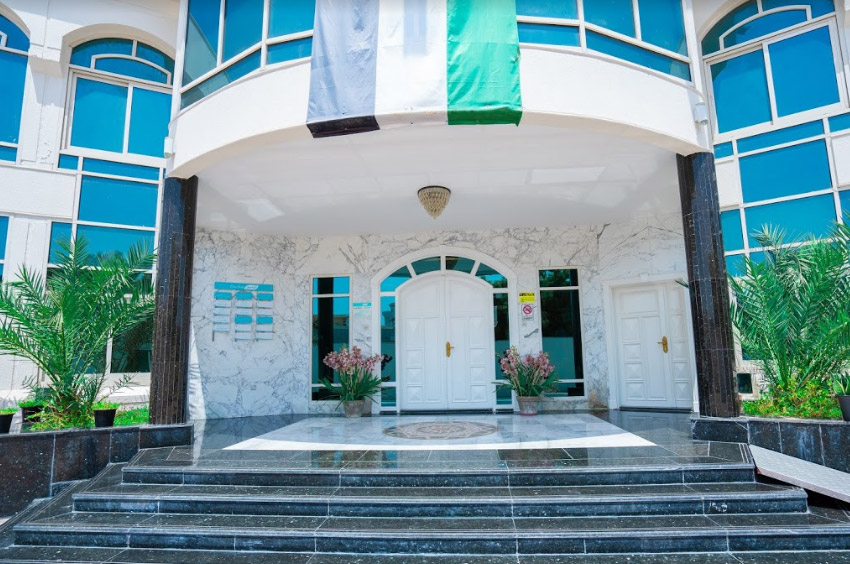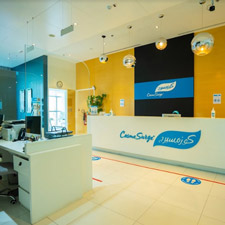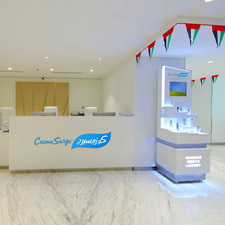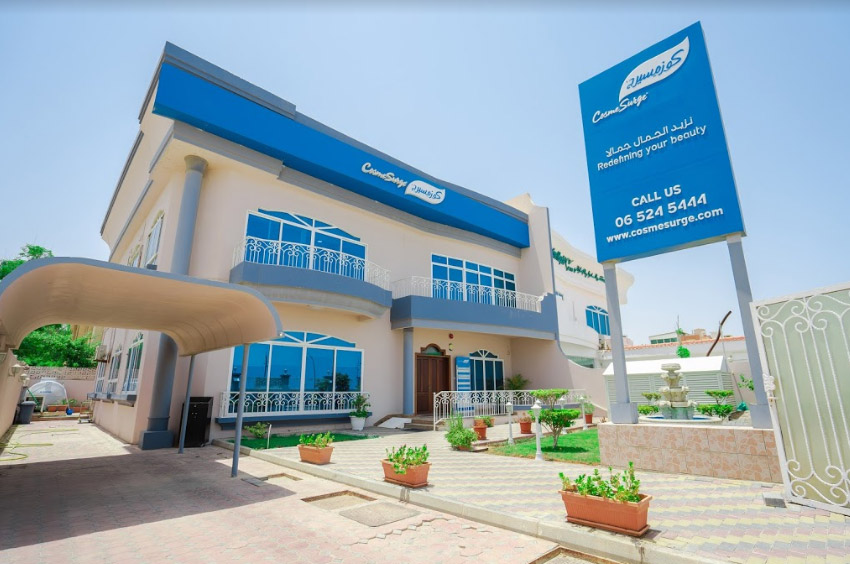Revision Surgery
Revision Plastic Surgery also known as Corrective Surgery is performed to correct or enhance the result of an earlier surgery.
Unfortunately, not every plastic surgery procedure produces the desired outcome. If you are unhappy with the results of a previous operation, revision surgery may be appropriate for you.
Sometimes a previous surgery has caused new problems—such as a crooked nose, asymmetrical breasts, or prominent scarring. Or maybe it simply didn’t accomplish what you’d expected. In either case, corrective surgery may be in order.
Revision surgery is generally not performed immediately following an original procedure. In fact, some surgeries should not occur for at least a year or even longer. The reason behind the delay is first to give the body ample time to heal completely before undergoing another procedure. In addition, many plastic surgeries take a significant amount of time before the full results of the procedure can be seen.
TYPES OF REVISION SURGERY
There are several plastic surgery procedures that might prompt a patient to explore their options with revision surgery later:
- Breast augmentation – often due to asymmetry, unsatisfactory appearance or changes to implant size
- Breast reduction – insufficient reduction, procedure did not produce aesthetic results as per patient desire
- Tummy tuck – insufficient reduction of mid-section, poor wound healing, weight gain
- Rhinoplasty – may be requested to create better symmetry, correct improper surgical techniques or restore breathing function
- Facelift – due to continued jowls and neck laxity, unnatural appearance or changes to appearance after surgery
- Facial implants – requested to remove the implants completely or change the size of shape of the current implants
Revision surgery may also be used after cancer treatment to restore aesthetic quality to the breast or to an area of the face where the tumor was removed.


